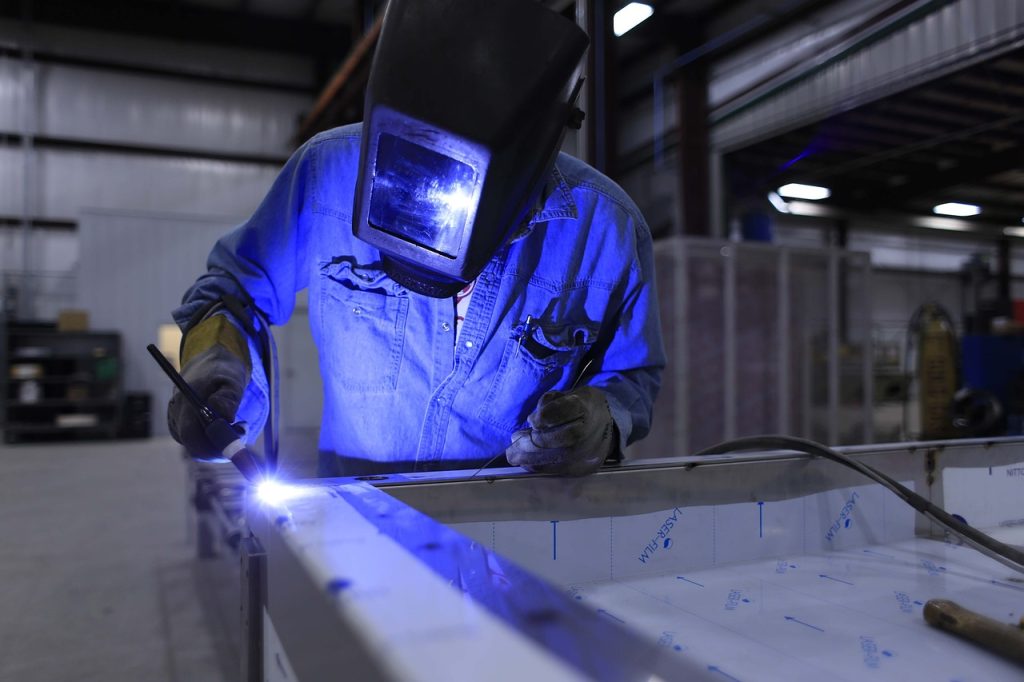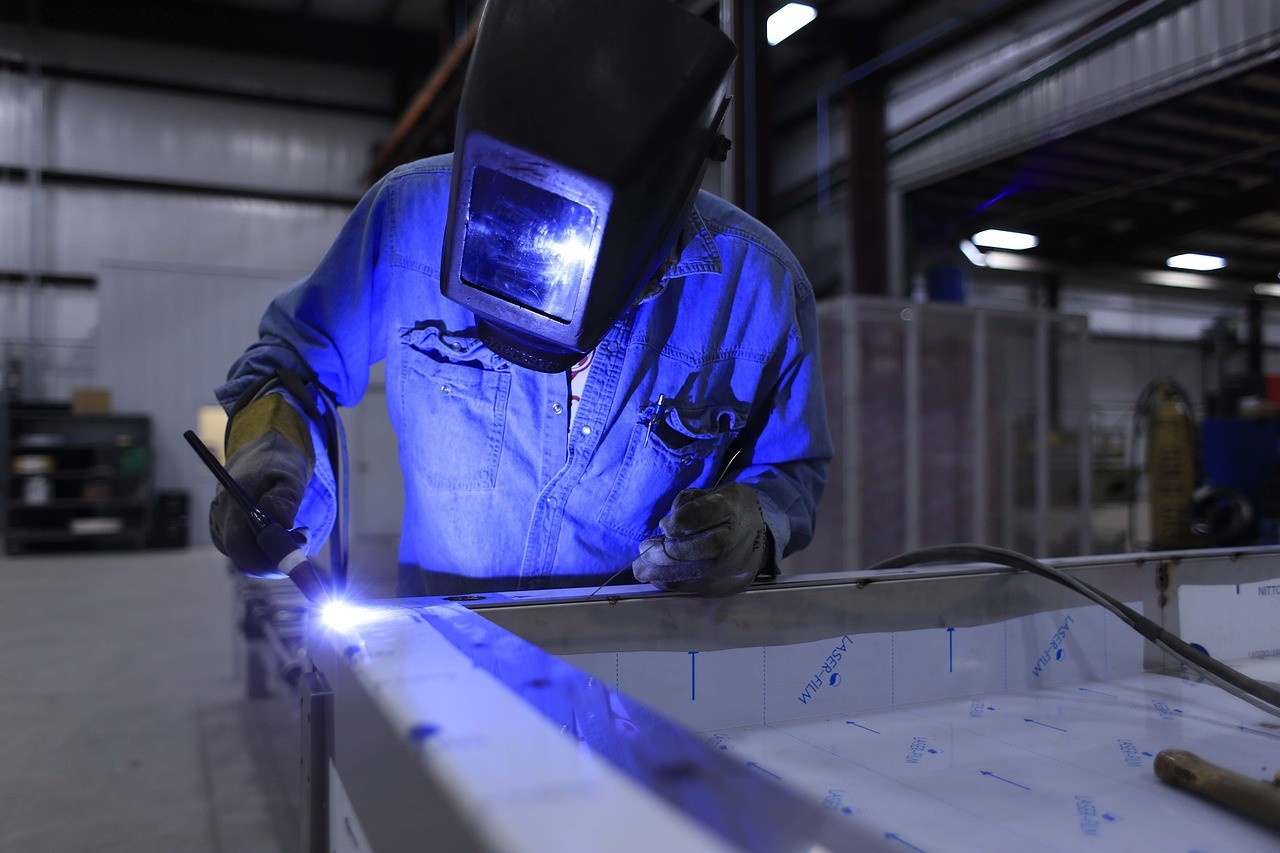Welding is a crucial process used to join two or more metal pieces together. It involves melting the base metal and adding a filler material to create a strong bond. Traditionally, welding has been done using specialized equipment known as welders. However, not everyone has access to a welder or the expertise to use one. In such cases, alternative methods can be employed to achieve welding without a welder. This article will explore various techniques and provide insights into how you can weld without a welder.
What is Welding?
Before diving into alternative methods, let’s understand the concept of welding. Welding is a fabrication process that involves joining materials, typically metals or thermoplastics, by causing fusion. The fusion occurs due to the application of heat, pressure, or both and is often accompanied by the addition of a filler material. Welding creates a strong and durable joint, allowing for the construction of structures and the repair of broken or damaged parts.
Types of Welding
There are several types of welding processes, each suited for different applications and materials. Some common types include:
- Arc Welding: This method uses an electric arc between an electrode and the base material to create a weld. It can be further categorized into processes like Shielded Metal Arc Welding (SMAW), Gas Metal Arc Welding (GMAW), and Flux-Cored Arc Welding (FCAW).
- Gas Welding: Gas welding involves using a flame produced by the combustion of a fuel gas, such as acetylene, to melt and join metal pieces.
- TIG Welding: Tungsten Inert Gas (TIG) welding utilizes a non-consumable tungsten electrode to produce the weld. It is commonly used for precision welding of thin materials.
- MIG Welding: Metal Inert Gas (MIG) welding employs a continuously fed wire electrode and a shielding gas to protect the weld from atmospheric contamination.
Importance of Welding
Welding plays a crucial role in various industries, including construction, automotive, aerospace, and manufacturing. It allows for the creation of complex structures, repairs, and modifications. Welding ensures the integrity and strength of joints, contributing to the safety and reliability of the final product. It is a fundamental skill required by professionals in the metalworking and fabrication industries.

Welding without a Welder – Is it Possible?
Welders are the most popular welding tool, however there are others.
Alternative procedures can be used when a welder is unavailable.These methods might require different tools and techniques, but they can still effectively join metal pieces together.
Methods of Welding without a Welder
- Forge Welding: Forge welding involves heating the metal pieces to a high temperature using a forge or a torch. Once heated, the pieces are hammered together, causing the metals to fuse and create a strong bond. Forge welding is commonly used for blacksmithing and requires some skill and experience.
2. Thermite Welding
Thermite welding is a process that utilizes the exothermic reaction between metal oxides and a reducing agent to generate intense heat. This heat is used to melt the ends of the metal pieces being joined. Thermite welding is commonly employed for railroad track repairs and requires specialized thermite kits for execution.
3. Brazing
Brazing is a method of joining metal pieces using a filler material, typically a metal alloy with a lower melting point than the base metals. The filler material is heated until it melts and flows into the joint, creating a strong bond upon cooling. Brazing can be performed using a torch, induction heating, or even a simple gas stove.
4. Soldering
Soldering is a process similar to brazing but involves lower temperatures. It is commonly used for electronics, plumbing, and jewelry making. Soldering utilizes a filler material called solder, which typically consists of tin and lead or other alloys. The solder is melted using a soldering iron or torch, creating a bond between the metal pieces.
5. Adhesive Bonding
Although not strictly considered welding, adhesive bonding is an alternative method for joining metal pieces. Specialized metal adhesives, such as epoxy or cyanoacrylate (super glue), can be used to bond metal surfaces together. Adhesive bonding is particularly useful for lightweight applications or when a non-conductive joint is desired.
Know more about How to Get Verified on OnlyFans.
Safety Precautions
When welding without a welder, it is essential to prioritize safety. Here are some important safety precautions to follow:
- Wear gloves, glasses, and a welding helmet.
- Ensure proper ventilation in the workspace to prevent the inhalation of fumes.
- Use fire-resistant mats or surfaces to protect the surrounding area from sparks and heat.
- Follow the manufacturer’s instructions and guidelines for any specialized tools or materials used.
- Prevent burns, electrical shocks, and other risks.
Advantages and Disadvantages of Welding without a Welder
While welding without a welder provides alternative solutions, it also comes with its own advantages and disadvantages.
Advantages:
- Accessibility: Welding without a welder allows individuals without access to specialized equipment to still join metal pieces together.
- Cost-Effective: Some alternative methods can be more cost-effective, especially for one-time or small-scale projects.
- Versatility: Different welding methods offer flexibility for various applications and materials.
Disadvantages:
- Skill Requirement: Certain alternative methods, such as forge welding, may require skill and experience to achieve quality welds.
- Limitations: Alternative methods might have limitations in terms of the types of metals that can be effectively joined and the strength of the resulting welds.
- Safety Concerns: Welding processes, even without a welder, carry inherent safety risks. It is crucial to exercise caution and follow safety guidelines.
Conclusion
Welding without a welder is indeed possible through alternative methods such as forge welding, thermite welding, brazing, soldering, and adhesive bonding. These methods offer solutions for joining metal pieces together when a traditional welder is unavailable. However, each method’s needs, skill level, and safety precautions must be considered for success. By exploring these alternative techniques, individuals can still accomplish welding tasks and create strong, durable bonds between metal pieces.

